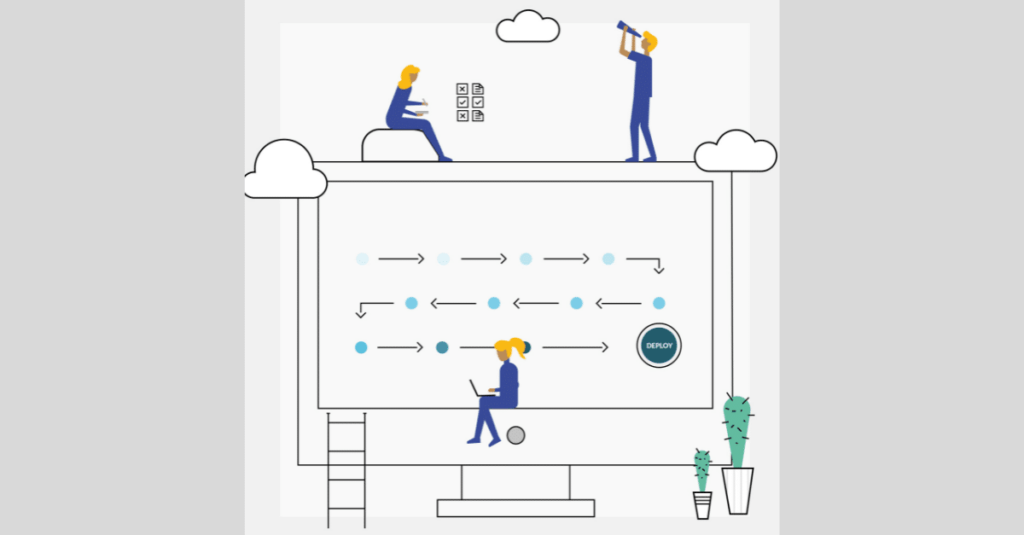Vendor invoice management involves the processing and verification of invoices received from suppliers. A traditional manual approach to this process can soak up resources, increase the risk of errors and operate inefficiently. However, with the addition of machine learning (ML) technologies, this does not have to be the case. ML techniques offer options that can streamline and improve the entire vendor invoice management process.
Before jumping into Machine Learning options, let’s look at one of the major challenges organisations face in vendor invoice management (VIM) which is accurately extracting data from invoices. The reason this is important is that it increases the amount of information available to feed into ML algorithms. Optical Character Recognition can automate parts of this. It can accurately scan and extract information such as dates, invoice numbers, line items etc from scanned invoices or the growing amount of digital invoices received as a result of adopting mandatory digital processes in this space. This can significantly reduce the need for manual data entry, minimizing errors and increase efficiency. But how do you get longer term benefits from all this extra information that you are now gathering?

Artificial Intelligence needs access to VIM data
Machine Learning algorithms use pattern recognition to review the information fed into their algorithms. They can be trained to identify inconsistencies and discrepancies within invoices. By comparing invoice details against historical data and using existing business rules. It can flag invoices that don’t adhere to established rules, reducing the risk of things slipping through the cracks. Complimenting your AP process with this frees smart people up to make smart decisions. Reduces the load on people and gives you room to improve.
Machine learning could also assist in optimizing the approval workflows for vendor invoices. Machine Learning algorithms can analyse invoice approval patterns then predict the likelihood of an invoice being approved. This enables businesses to allocate resources more efficiently and avoid bottlenecks that could otherwise create extra work.
There is a use case for ML pointing out optimal options for paying early and maximising contractual discounts. This can maximise the cash flow of the business, meaning through pattern recognition you can create meaningful savings with minimal effort.

Machine Learning over time
Machine Learning algorithms are able to continuously learn and improve over time. As vendor invoice management systems process more data, they can grow with the company. This means they become a long term benefit that gets continuously more accurate and reliable. That is what people need, as the change management required when bringing in AI is amplified by people being concerned about it.
ML is just a fraction of the AI world, but it has been around for a very long time. It is not new, but given its nature is growing in relevance all the time. Coupled with OCR you are increasing the amount of data available to you and as such you need to maximise how you benefit from that.



